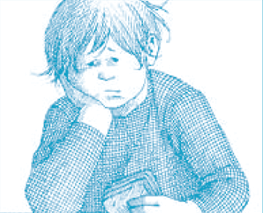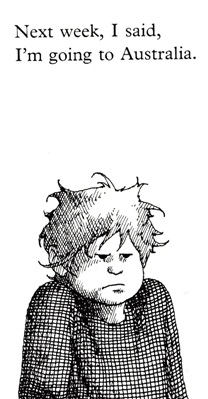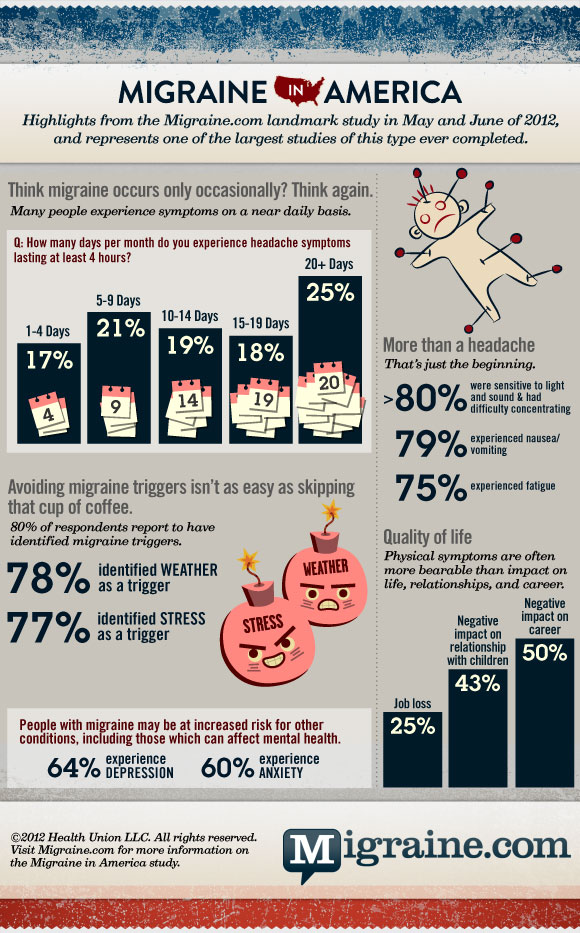I've always known art in any form was a healing force. Starting at age 8, I
began to learn at least one new craft every year until I was 16. Some of the things I learned were: knitting, crocheting, tatting, thrushing, stain glass, decoupage, mosaic, needlepoint, embroidery, crewel, piano, and voice etc. Some of these were taught by teachers, some by my grandmother, but most were self taught. Amazingly enough, some of the ones that were self taught I became good enough to teach adult courses when I was in my early 20's.
I found that listening to concerts, walking through art galleries, or through beautiful gardens to be healing places. Listening to great music and reading beautiful poetry is healing as well. However, there is something special and healing in the art of creating.
How art heals: mind- body physiology
A re-print
http://www.artashealing.org/ahfw3.htm
*Scientific studies say that art heals by changing a person's physiology and attitude. The body's physiology changes from one of stress to one of deep relaxation, from one of fear to one of creativity and inspiration. Art and music put a person in a different brain wave pattern, art and music affect a person's autonomic nervous system, their hormonal balance and their brain neurotransmitters.
Art and music affect every cell in the body instantly to create a healing physiology that changes the immune system and blood flow to all the organs. Art and Music also immediately change a person's perceptions of their world. They change attitude, emotional state, and pain perception. They create hope and positivity and they help people cope with difficulties. They transform a person's outlook and way of being in the world.
In fact it is now known by neurophysiologists that art, prayer, and healing all come from the same source in the body, they all are associated with similar brain wave patterns, mind body changes and they all are deeply connected in feeling and meaning. Art, prayer, and healing all take us into our inner world, the world of imagery and emotion, of visions and feelings.
This journey inward into what used to be called the spirit or soul and is now called the mind, is deeply healing. For healing comes to us from within, our own healing resources are freed to allow our immune system to operate optimally and that is always how we heal. This is the contemporary version of freeing our healing energies and is now recognized to be crucial to healing. We go inward on The Creative Spiral together through art and music.
Healing ourselves with art.
The essential process of healing ourselves with art, music, or dance involves our own personal change. When we are ill with a physical or mental problem or when we need to grow, we start to heal ourselves with art by opening ourselves up to our inner voices of change. We allow ourselves to listen to those voices and to let their messages to us emerge.
The first step is to see ourselves as an artist. Choosing a medium is the first priority. That may be done already if we have made art or played music before or if we saw ourselves as making art in our daydreams. Or we may have to ask ourselves what we want to do. Am I a painter, a sculptor, a musician, a poet, a storyteller, a dancer? Have I ever wanted to create something and been afraid or too busy to do it?
Clearing a space as a studio or place to practice is next. Getting materials together, orienting ourselves to this new world, looking at art, listening to music, being with friends who are artists, puts in the space to create.The most important step is to make the first movement, to draw the first line, to make the first sound, the raise your head and dance, to write the first word. We do that from a place of no judgement, from a place of letting go, of trust, of love. And we let the process happen by itself. As the lines increase, the sounds connect, the movements join, the words add up, a piece of art emerges and we see who we are. The art becomes a sign of our healing, a visible or audible representation of our own transformation and healing
As we see the art appear outside of us, it looks almost like it has been made by someone else. Its beauty and wonder are almost beyond us and its message more than we could have known. Yet we see it and are witness to its message of growth, change, and transformation.


















